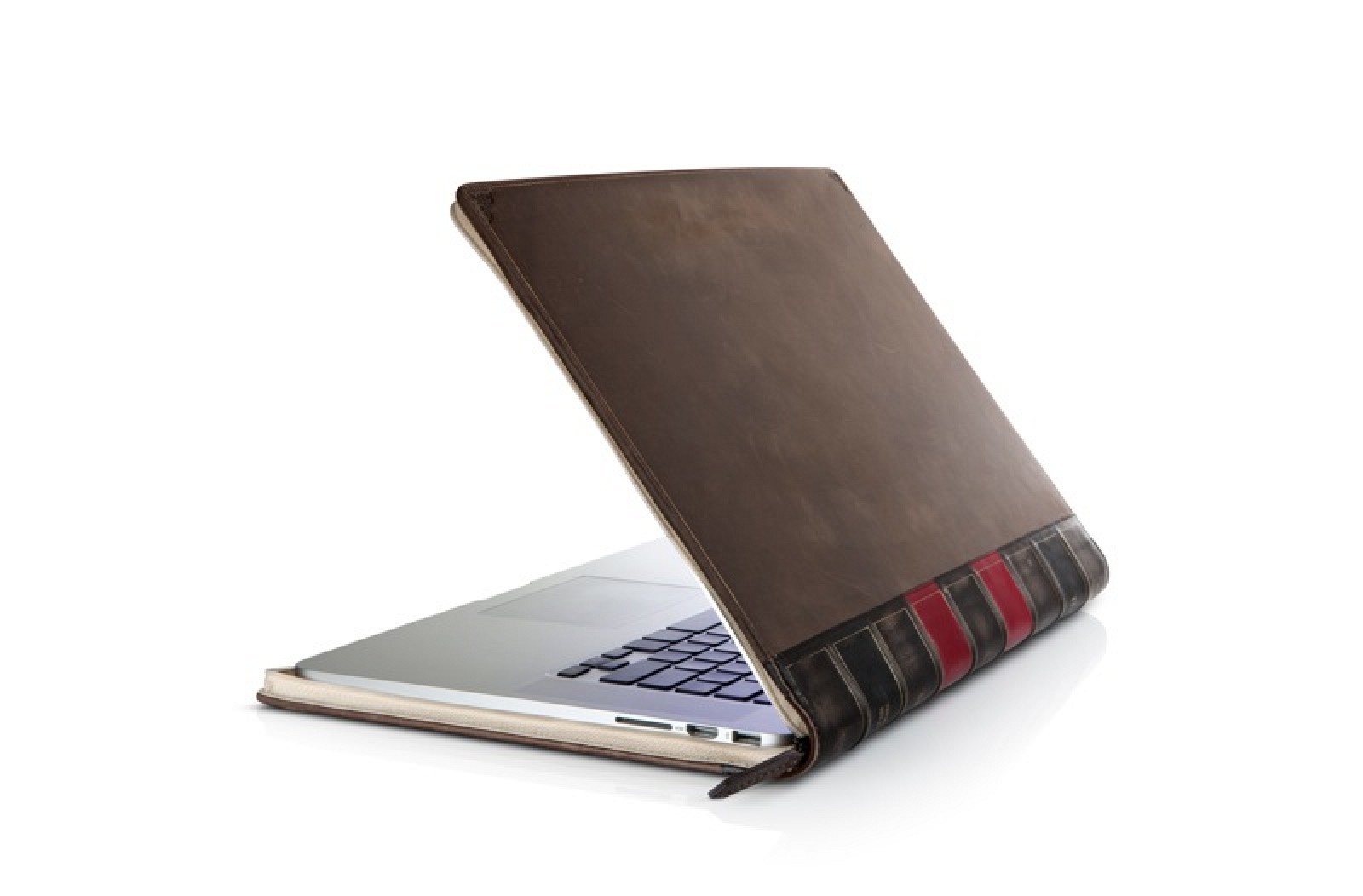
Innovation & The Apple Economy
First of all, I’ll admit that I’ve been writing a bit too much about Apple these past few weeks. It’s probably due to the excitement surrounding Macworld, but it’s also because of the value I place on the success of the Apple brand.
Apple is a model brand in the way that its customers identify with and love it. They’re a loyal bunch and more are being created every day thanks to the success of the iPod.
Apple sold 4.5 million iPods in the fourth quarter of 2004 – an increase of 525% over 2003. The company also posted profits of $295 million dollars. (Nice job, Steve & Co.)
Another not-so-trivial number is the amount of Macs they sold in Q4 2004 – over 1 million.
Apple’s success is arguably based on their appreciation for beautiful design, usability and simplicity. In a recent interview, Steve Jobs referred to a committment to “excellence” as a key driver of success and the company’s ability to make complex technology simple.
They’re an innovative company – few would contest that. But, for all the innovative, well-designed products and financial success at Apple, they’ve also created a marketplace made up of thousands of equally innovative well-designed products.
For instance, just look at the market for “protection” of Apple Products. The products themselves are so beautifully designed, that their owners go to great lengths to keep them safe from harm. (When was the last time you saw someone love their Dell that way?)
I call this marketplace The Apple Economy.
This marketplace consists of smart (and sometimes not-so-smart) marketers who find niches and fill them, OR they find ways to improve upon once stale products.
You can find these smart marketers in both large companies (Belkin, BMW, Zero Halliburton) and in young upstarts (incase, Griffin Technology, Timbuk2, iSkin) and the volume of products and sales they generate is astounding. They’ve learned to capitalize on the love of the Apple brand.
As an example, look at the companies making specialized, Apple-inspired cases designed with the Powerbook in mind:
- incase
- Tom Bihn
- MacCase
- Booq
- STM
- Marware
- AcmeMade
- Brenthaven
- Willow Design
- Timbuk2
- Waterfield Designs
- …more…
And that’s just in the category of Powerbook cases. There are other interesting, unexpected products for the Powerbook. I have a Powerbook Screen Protector for my 12″ Aluminum Powerbook.
At first glance, it might seem a bit anal retentive to even own one of these things, right? However, for those in the know, it’s essential. See, the Powerbook is designed to such exacting specfications, that the screen touches the keyboard when the lid is closed. The problem? Oil from your fingertips can rub off onto the LCD and permanently damage the screen.
Voila! Another market opportunity. This little piece of thin leather sells for $14.
And we haven’t even talked about the market for iPod accessories. There are myriad cases, cassette adapters, FM transmitters, car chargers, speakers, external batteries, microphones, car mounts, radio integration kits, cables, headphones, remote controls, belt clips, arm bands – the list goes on and on.
A model company that leads the market in innovative aftermarket Mac and iPod products is Griffin Technology. The company refuses to make trivial products – they’re always delivering products that are levels above the rest of the market.
Take the SmartDeck cassette adapter for the iPod. Plenty of companies make cassette adapters targeted at iPod owners. Most of them think that just creating one in “white” is an innovation and they charge $20 for this “improvement”.
Not Griffin.
Griffin invested in the development of a cassette adapter that interacts with the iPod on an intelligent level so that when you turn off the cassette player, it pauses the iPod. Press “fast forward” on the cassette player and it scans the audio file on the iPod. You get the idea.
The price for this piece of innovation? $24.95. (Available in white, of course.) They’ll fly off the shelves.
Now, not including the market for Macintosh software (since every platform has its third-party software developers), what do you think the market for aftermarket Mac and iPod products could be? Millions? Billions? As much as the market for iPods themselves?
Probably, although it would be difficult for the casual observer to divine accurate numbers.
What’s next in The Apple Economy? Well, Apple just announced two new important products: the iPod Shuffle and the Mac mini. The obvious product introductions might include:
- Various cases for the iPod Shuffle
- A carrying case for the Mac mini. Think about it: this machine is so small, you could carry it back and forth between your office and home, connecting it to a monitor mouse, keyboard and power supply in each location.
- A “dock” for the Mac mini. Because if you carry your Mac mini back and forth between two locations, connecting those external devices each time becomes tedious and inconvenient.
- “Risers” for the Mac mini, so you can place the unit under your display.
I’m sure a couple of smart people in a room could riff on these ideas – and a host of others – to come up with some interesting products. (In fact, I know some who already have.) All it takes is an innovative idea, a keen sense of design, some starter capital and some business know-how and you, too, can carve out your piece of The Apple Economy.

